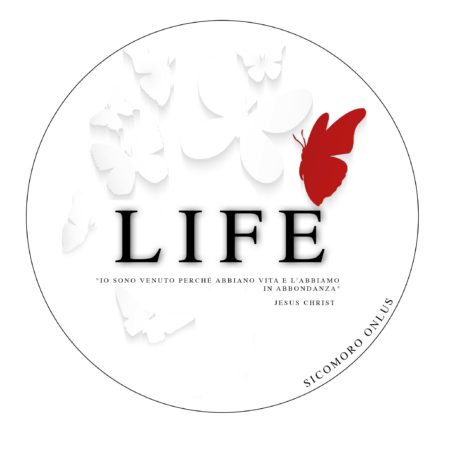Reference to Early in the day Imaging Knowledge off Despair and you will Anxiety
Head pastime develops throughout ruminative according to neutral envision was basically basically much more popular inside the rear attention places, for instance the cerebellum, occipital, and you can posterior parietal-temporary cortices. Decreases was indeed much more well-known toward leftover plus in anterior mind countries, like the anterior brainstem and you can striatal, thalamic, limbic, temporal, and you may prefrontal cortices. Specifically, i discover attention hobby increases throughout the ruminative in line with natural think on cerebellum, posterior brainstem, two-sided horizontal temporal cortices, supragenual anterior cingulate/medial prefrontal cortex, proper inferomedial dorsolateral prefrontal cortex, and you can posterior temporoparietal and occipital head countries. The greater number of prior part increases-such as the horizontal temporal cortex, prior cingulate, and you may prefrontal cortex-was indeed just present having an even more easy statistical threshold, and all lied adjacent to areas of notice activity reduces throughout the ruminative prior to neutral thought. Inside the blog post hoc correlations, i located bad correlations anywhere between a beneficial subject’s baseline despair evaluations and you will activations while in the ruminative relative to basic envision inside the brain regions comparable so you can where in actuality the classification exhibited decreased activation throughout the ruminative relative to natural envision, apart from the latest orbitofrontal cortex and you can ventral anterior cingulate/medial prefrontal cortex negative correlations was in fact limited to small servings out of brand new subgenual anterior cingulate and right anterolateral orbitofrontal cortex, correspondingly 
Interest decreases through the ruminative according to basic envision had been fundamentally more for the left compared to proper and you will incorporated the latest prior brainstem, thalamus, striatum, medial and lateral temporary cortex, insula, anterior cingulate/medial prefrontal cortex (sub-, pre-, and you will supragenual nations), orbitofrontal cortex, dorsolateral prefrontal cortex, and you may top sensorimotor cortex
There have been seven independent samples of healthy individuals studied while they recalled sad memories as compared with neutral memories or rest (4, 7, 8, 10, 12, 16, 20, 35). All seven examined increases during sadness relative to a control condition, and four also examined decreases. Unlike our study, these were all [ 15 O]H2O PET studies, and the sad event picked was generally not an event about which the subjects were actively grieving. In general, these sadness induction studies showed increased subcortical activity, increased or altered paralimbic region activity, and ely, consistent findings in healthy individuals undergoing sadness induction included cerebellar increases, brainstem/hypothalamus increases, thalamic increases, striatal increases, insular increases, changed ventrolateral orbitofrontal cortex activity, mostly ventromedial anterior cingulate/medial prefrontal cortex/orbitofrontal cortex increases, changed pregenual anterior cingulate/medial prefrontal cortex activity, changed posterior cingulate activity, mainly dorsolateral prefrontal cortex decreases, lateral temporal cortex decreases, and changed occipital cortex activity.
Within our study of earnestly grieving subjects, i found changed interest in every this type of notice regions. Similar to the match sadness training, i located grows on cerebellum and you will posterior brainstem, changes in the newest pregenual and you will supragenual anterior cingulate/medial prefrontal cortex (develops and decreases supragenually and reduces pregenually), alter (increases) throughout the rear cingulate cortex, change (decreases) throughout the orbitofrontal cortex, primarily minimizes in the dorsolateral prefrontal cortex (comprehensive reduces toward left however, both increases and reduces in the a little a portion of the correct inferomedial dorsolateral prefrontal cortex), mainly decrease from the lateral temporary cortex, and you may change (increases) on occipital cortex. Compared to this research, i discovered you, thalamus, striatum, anterior lateral paralimbic formations (insula-temporary rod-orbitofrontal cortex), and you can subgenual/ventral pregenual anterior cingulate/medial prefrontal cortex/medial orbitofrontal cortex. Interesting, i including discovered reduces about two-sided medial temporary cortex (remaining > right) not noted on despair degree while the a routine area for change.
While at odds with sadness studies in healthy subjects, our findings of diminished brain activity during ruminative relative to neutral thought in the striatum and anterior cingulate/prefrontal cortex as well as our findings in these regions of decreasing activity during ruminative relative to neutral thought with increasing baseline grief levels are consistent with functional imaging studies of depression, which consistently report mainly decreased anterior cingulate/medial prefrontal cortex activity and decreased dorsolateral prefrontal cortex activity as well as less consistent findings of striatal decreases (6, 34, 36–39). Our findings, however, are the opposite of consistent depression findings of amygdala, insula, and ventrolateral orbitofrontal cortex increases and less consistent depression findings of thalamic increases (34, 36–40). Findings of lateral temporal cortex decreases were consistent with healthy sadness studies and some depression studies. In a single [ 15 O]H2O PET study of acutely depressed subjects reflecting on sad memories compared with rest (41), which employed a paradigm similar to our own, the authors also found within-group thalamic decreases as we did but insula and ventrolateral orbitofrontal cortex increases similar to the depression and some healthy sadness induction studies. This sole sadness induction study of depression subjects did not report direct statistical comparisons between depressed and healthy subjects.

